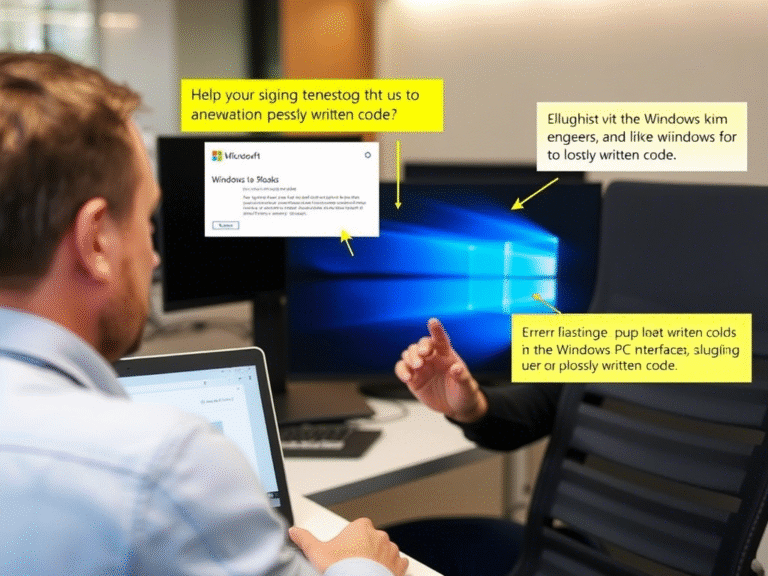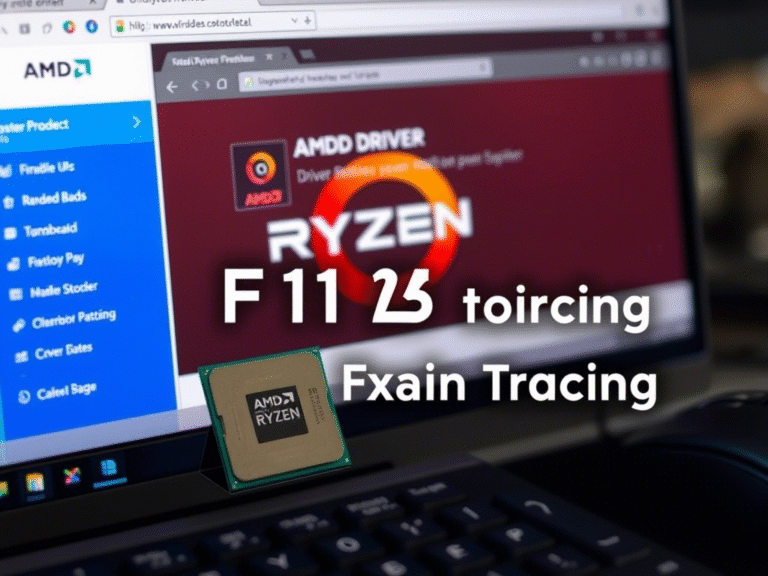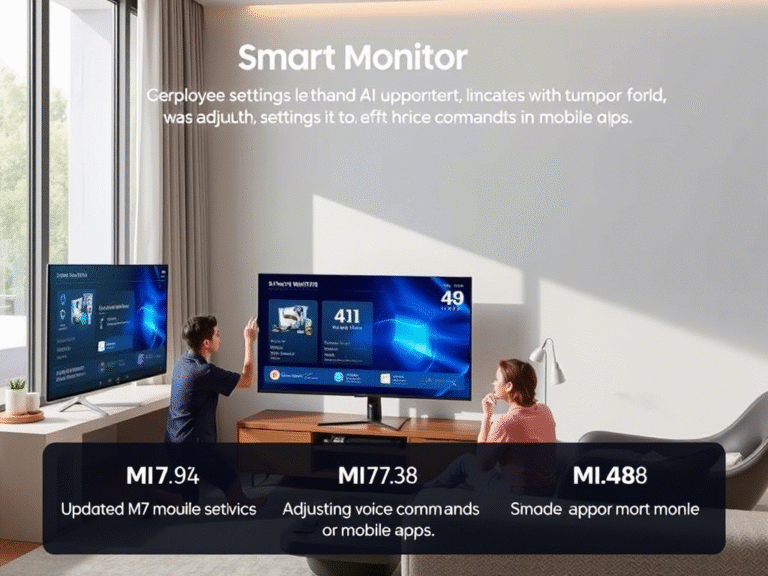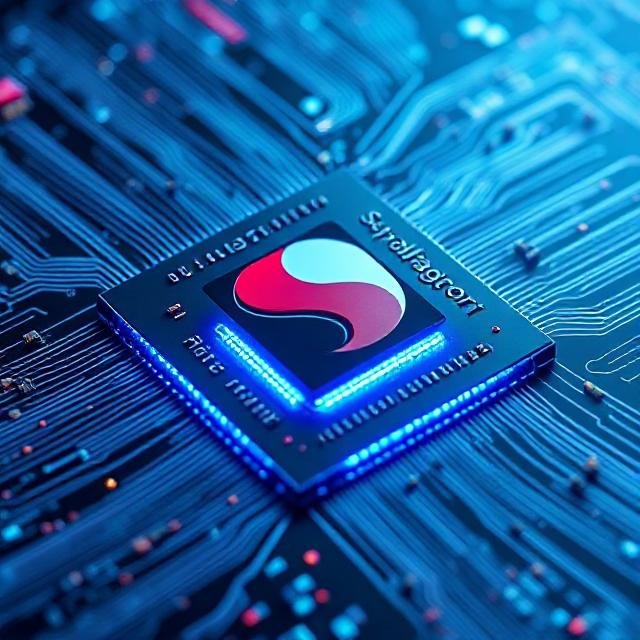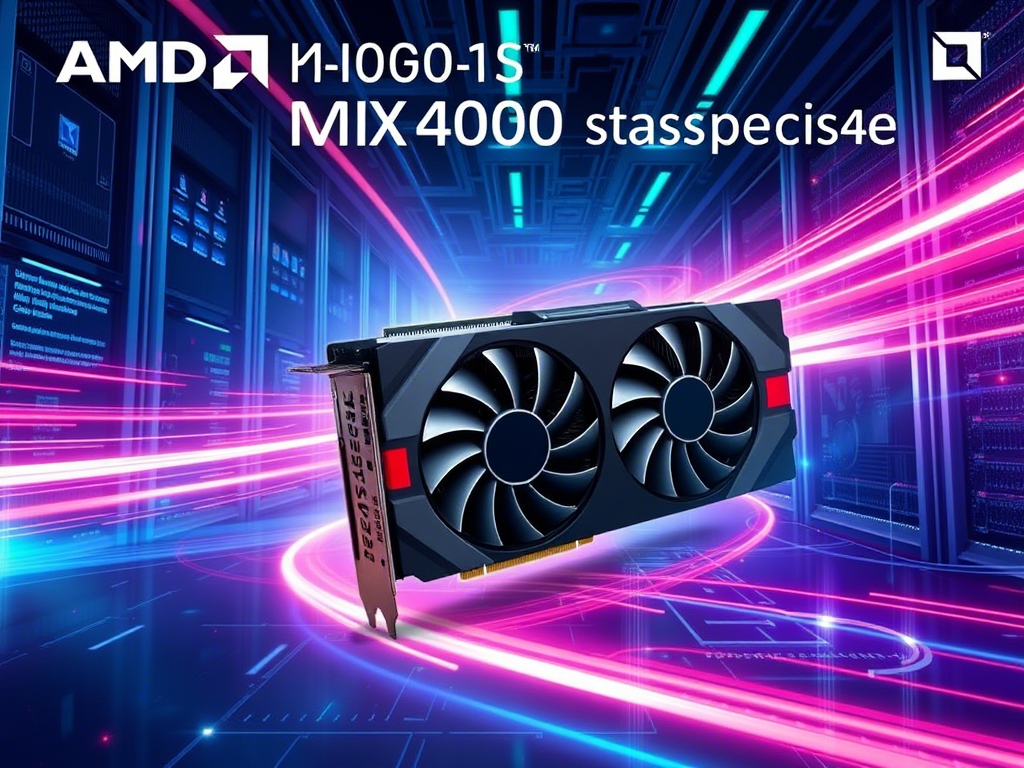
Meet the Future of AMD AI GPUs: MI400 Series
Currently, AMD’s Instinct MI300-series accelerators are designed to handle both AI and HPC (High-Performance Computing) workloads. While this universal approach offers flexibility, it limits peak performance for each specific use case.
According to SemiAnalysis , starting with the upcoming Instinct MI400-series , AMD will shift strategy by offering two distinct product lines : one optimized for AI , and another tailored for HPC . This move aims to deliver better performance by focusing hardware resources on the needs of each workload type.
The Instinct MI450X will be the flagship AI accelerator, while the Instinct MI430X will target HPC applications. Both are expected in the second half of 2026 and will be based on subsets of AMD’s next-generation CDNA Next architecture .
The MI450X will focus on low-precision AI operations like FP4, FP8, and BF16, while the MI430X will emphasize high-precision computing with support for FP32 and FP64. By removing unnecessary logic from each design — such as FP32/FP64 units from the AI chip and low-precision logic from the HPC chip — AMD can optimize die space for the most relevant compute tasks.
In addition to performance tuning, the MI400-series will support both Infinity Fabric and UALink , marking some of the first uses of UALink in AI and HPC GPUs. Designed to compete directly with NVIDIA’s NVLink, UALink promises high-speed interconnect performance — though it still faces a major challenge that could impact scalability.
UALink support will be limited in 2026 due to the lack of available switching silicon from third-party vendors like Astera Labs, Auradine, Enfabrica, and XConn . As a result, the Instinct MI430X and other MI400-series GPUs will only be usable in small-scale configurations , such as mesh or torus topologies — with no UALink switches expected to be commercially available by then.
AMD does not manufacture its own UALink switches and is fully dependent on external partners for this technology, many of whom may not be ready by the second half of 2026. Development progress has been slowed further by delays in the UALink standards body, according to SemiAnalysis . Major chipmakers like Broadcom see the market for these switches as too niche and have not prioritized development, which has delayed timelines even more.
In contrast, efforts under the Ultra Ethernet Consortium are moving faster, with compatible hardware already on the market. This could give competing interconnect solutions an edge over UALink in the near term.
To counter NVIDIA’s dominance in large-scale AI systems, AMD plans to introduce rack-scale solutions called the Instinct MI450X IF64 and MI450X IF128 , built using Infinity Fabric technology — potentially extended over Ethernet. According to SemiAnalysis, these systems may become competitive with NVIDIA’s VR200 NVL144 platforms by late 2026, though real-world performance remains to be seen.
